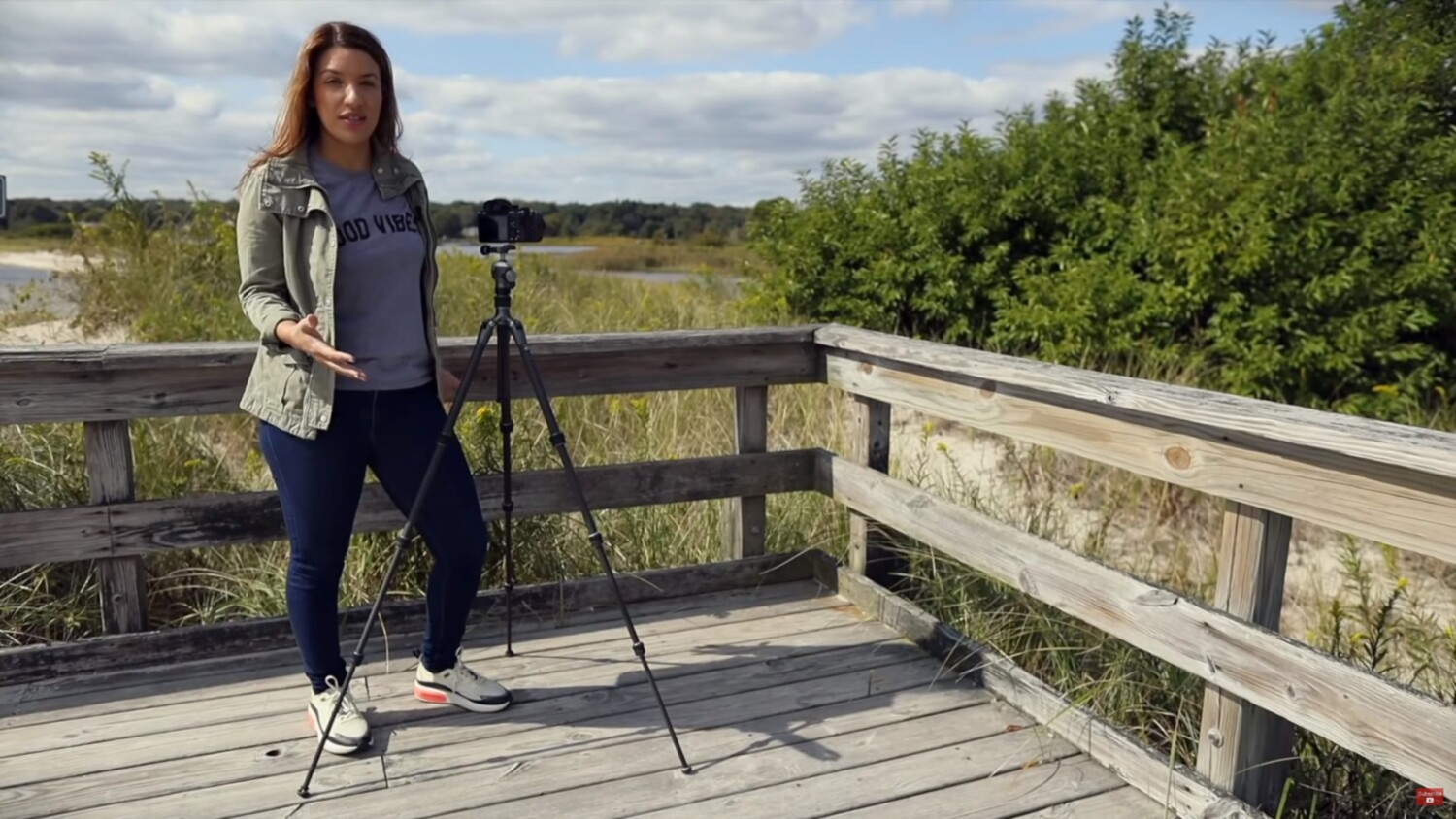How to Prevent Camera Shake When Photographing Architecture
Have you ever spent the day on location only to return home to go through the day’s work and realize that some of the images have motion blur? This is probably one of the most annoying little things you may encounter when starting to work as an architecture or interiors photographer. Frustratingly, it’s not easily detectable on the back of your camera screen unless you zoom all the way into the image, and even then can be invisible, so it’s something you need to make sure you catch while shooting tethered which isn’t always possible.
In their latest video, Tony and Chelsea Northrup discuss some of the ways you can prevent any motion blur when shooting on a tripod. I understand this may not be incredibly advanced technically speaking, but sometimes a good reminder for the basics is just what we need and this video did bring to mind a few situations that I frequently encounter where blur on a tripod can be a significant factor. Here are a few annoying situations that can result in camera blur, even inside of a house while on a tripod, and what I do to overcome them.
There have been plenty of occasions where I’ve made rookie mistakes like this (Mike note: still happens to me a few times a year). This can be due to a number of factors but for me, it’s mostly down to thinking too far ahead or rushing through a shot and not focusing on the present enough. Of course, this is something I’m working on and something that I’ve thoroughly improved but I’m sure I’ll have my moment at some point in the future.
On Carpet
Whenever possible, I remove or roll back the carpet where my tripod is placed. Not only can the tripod ‘settle’ mid-exposure leading to blur, but assistants, clients, animals, or anything else walking around on the carpet can cause blur mid-shot. This is especially important when you are working with complicated composited images that might take ten or fifteen minutes to create from start to finish. It can be really tricky to avoid this when light painting or introducing figures into the scene, so I tell my clients to hold their breath or leave the room entirely while shooting. Note that the ‘hold your breath’ line might not go over too well if you’ve got ten minutes of compositing to do.
On Grass
Especially at twilight! In windy conditions, a tripod on grass can really get pushed around, even more so in long grass in a field or moor. Weighing your tripod down with a sandbag or wiggling it until it rests on the firmer ground below can help to avoid this. If the ground is wet or boggy, putting a piece of plywood or similar below the camera can stop it from sinking during a 1-2 minute long exposure bracket sequence. Even a microscopic amount of movement can completely screw a twilight, and you’ve only got a handful of minutes to make these, so being extra careful is important to ensure you don’t run into problems in post production.
On older/rustic hardwood
Not much of a problem in new build homes or commercial locations, but older homes have this problem all the time. Someone walking in another room could cause the floorboards to vibrate, twist, or be displaced in a vertical axis which will lead to plenty of camera shake even though the movements are microscopic. Again – I tell people (politely :)) on set to sit down and stop chatting for a minute or two while I complete the image. The absolute worst? Thick carpets on old hardwood. Everyone just sit still for a minute or go outside and have a break!
Ultimately, I think sometimes a quick reminder about some basic techniques is just what the doctor ordered and I recommend you check out the video linked above. I’d love to hear if you have any basic tips that can be extremely useful when you’re on a shoot and dealing with unstable tripod situations. I look forward to discussing this with you in the comment section below.
